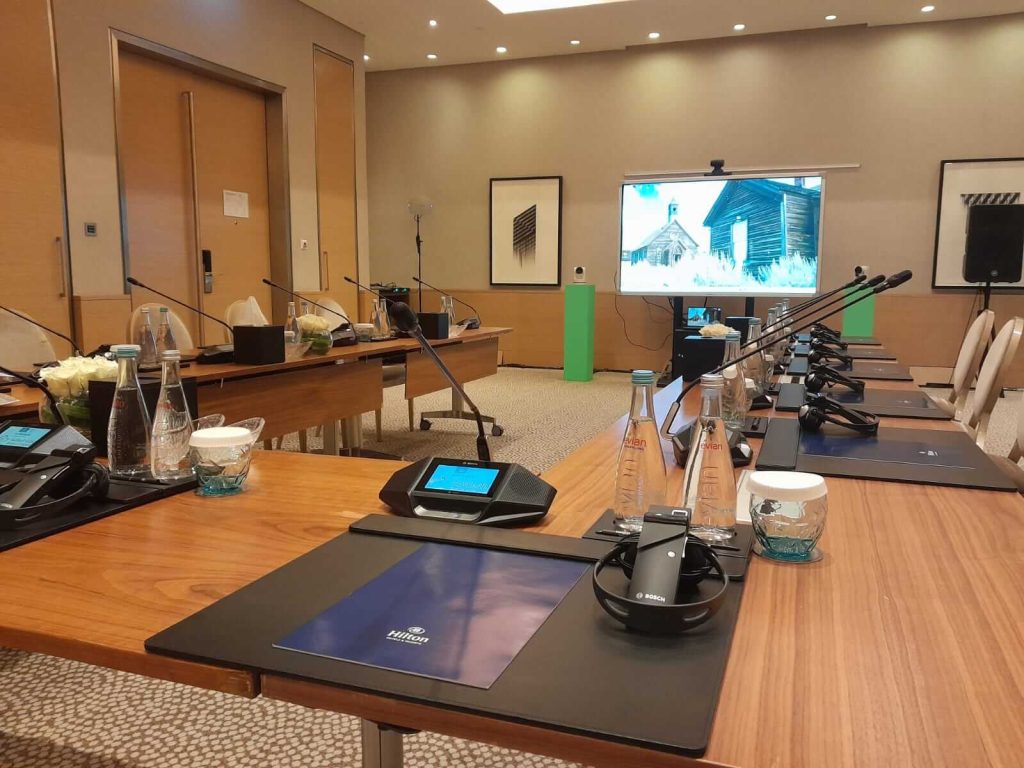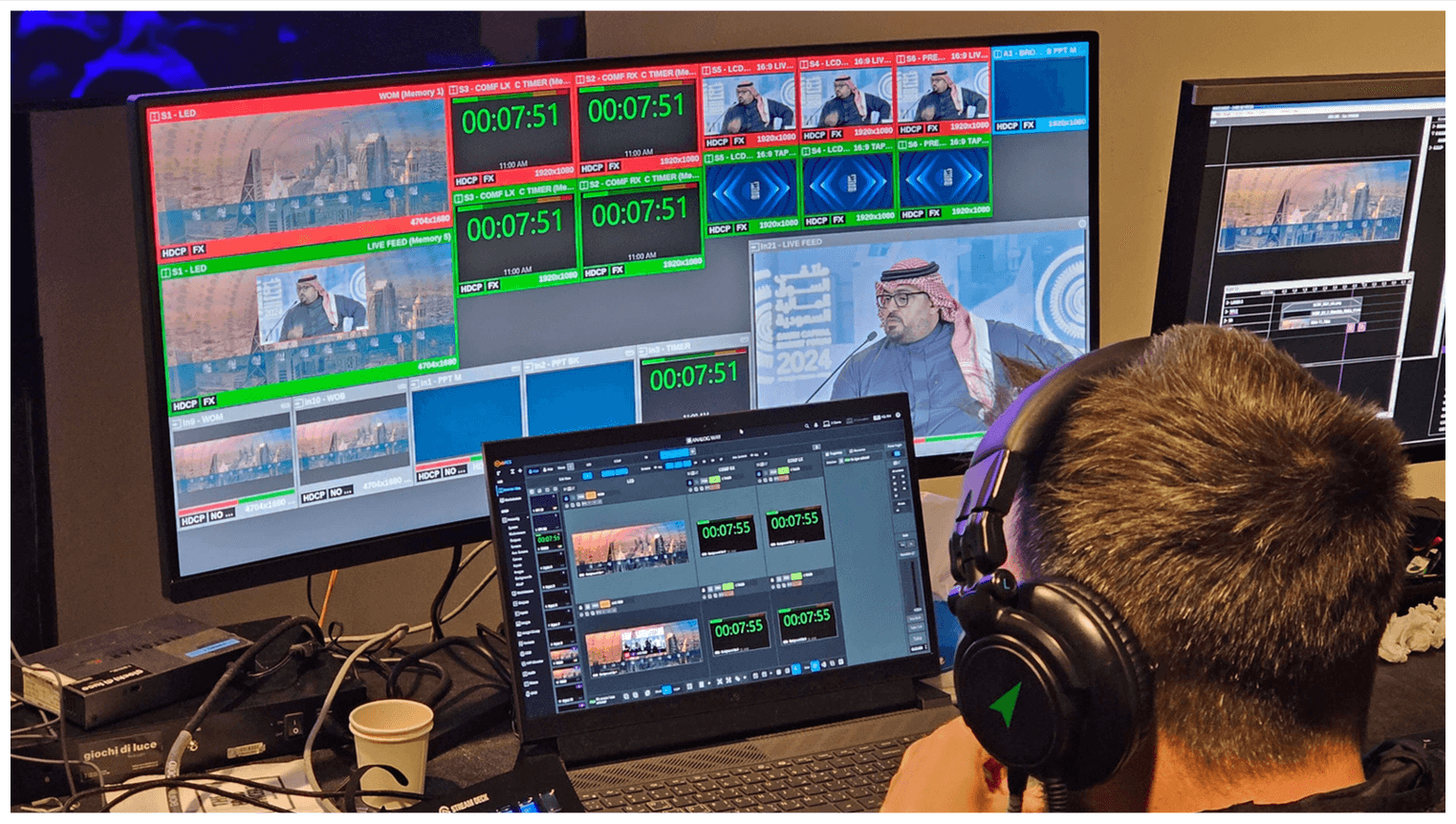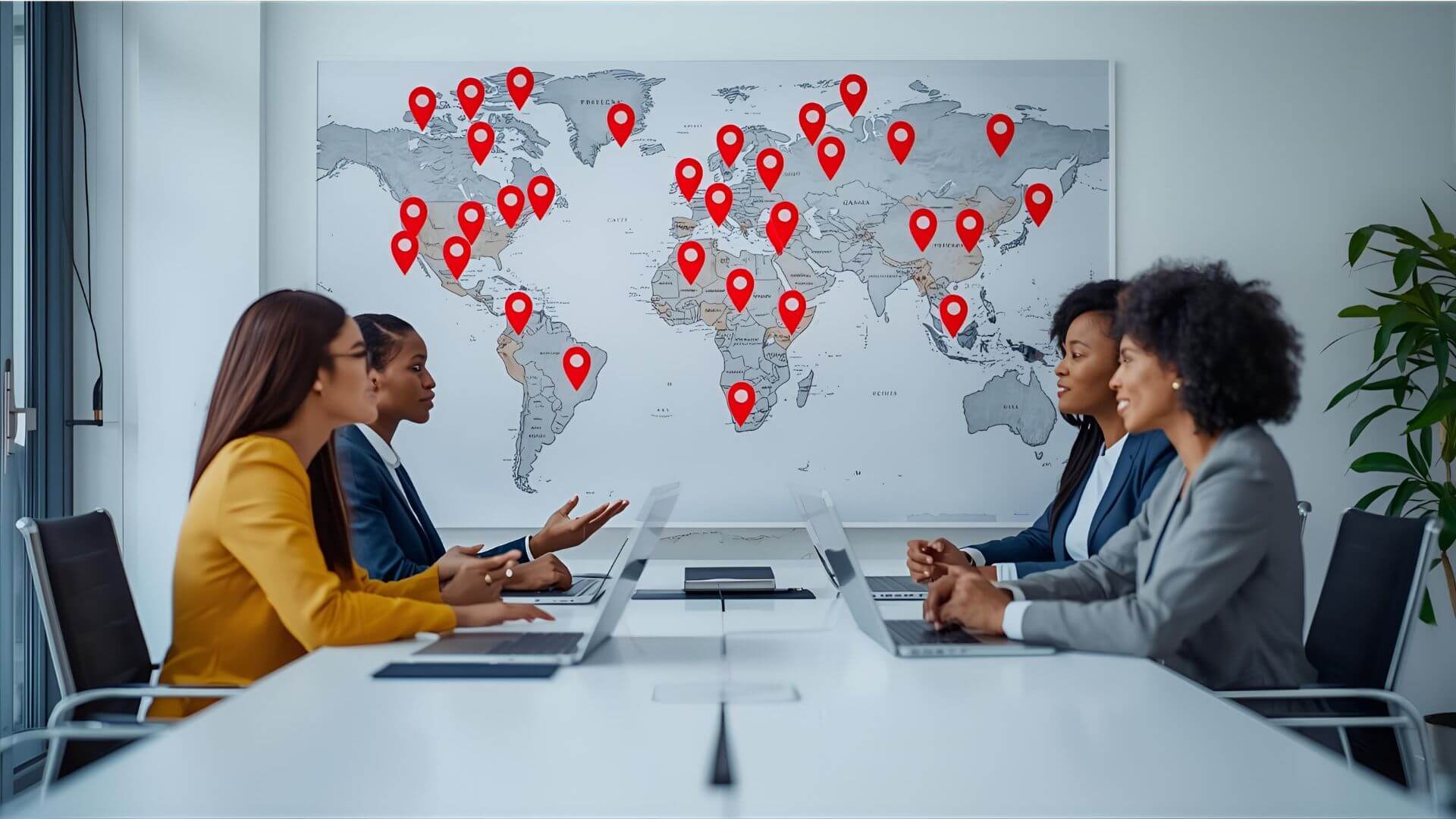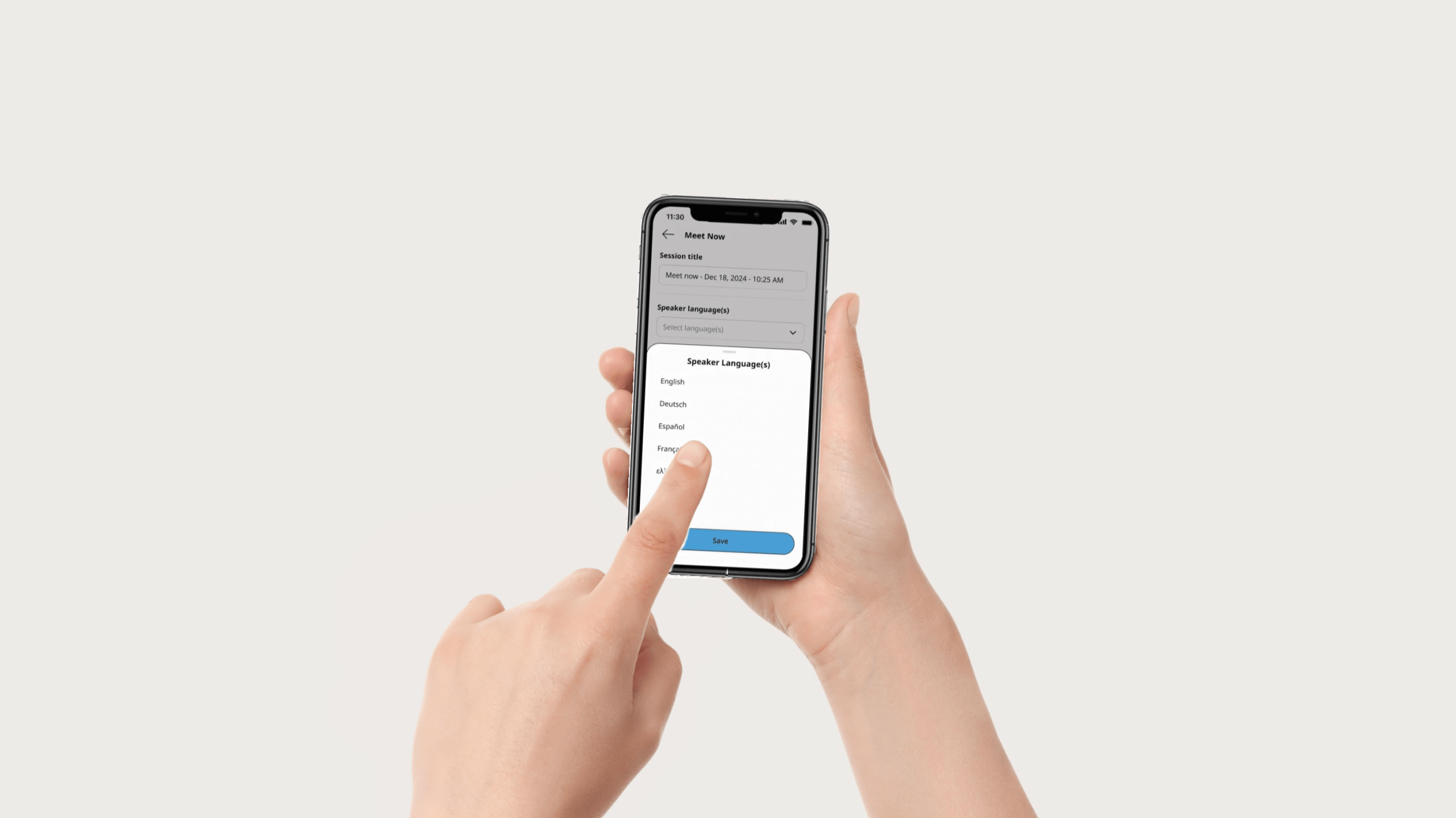Researched and written by Evan – ~4 min read

For multilingual events, many people assume there’s a trade-off: either you do “classic” interpreting with booths and headsets, or you go “all in” on the latest AI/remote tech. But what if the future is both?
At Langpros, we believe the sweet spot lies in combining trusted human interpreting setups with smart, purpose-built technologies. Think of it not as replacing, but enhancing what interpreters already do best. Here’s how and why it works.
Why Traditional Interpreting Still Matters
Traditional setups offer three big strengths:
- Context & nuance: Human interpreters catch tone, humor, cultural references, things AI can miss.
- Reliability: In noisy rooms or high-stakes settings (government meetings, legal conferences), booths and professional gear ensure consistency.
- Proven workflows: Interpreters are accustomed to working with booths, headsets, regulated timings, language pairs, and backup systems.
These strengths form the foundation. Technology can build on them, not uproot them.
Where Technology Adds Real Value
Here’s where tech becomes a powerful partner to traditional interpreting:
- AI & machine assistance: AI tools can transcribe or generate suggestions in real time to support interpreters, speeding up reference checks or glossary lookups.
- Smart routing & control systems: Microphone systems, push-to-talk mics, and camera setups (PTZ) can be tied to interpreting workflows to create a more immersive experience.
- Remote + hybrid support: Tech enables interpreters off-site to join in seamlessly or provide redundancy during high-volume sessions.
- Software integrations: Glossary suggestions, terminology control, and interpreter dashboards help maintain consistency across languages and sessions.
These enhancements help interpreters focus on meaning, emotion, and context, while tech handles support tasks.
Real Use: How the Hybrid Model Might Look
Imagine a 3-day international summit:
- Interpreters sitting in booths, wearing headsets, handling the flow like always.
- Cameras and PTT microphone systems detect who’s speaking and auto-switch visual feeds.
- AI runs in the background, providing instant transcription or glossary suggestions to interpreters and live captions for attendees.
- Remote interpreters or backup teams can join over audio/video if needed.
- For secondary language streams or less critical languages, AI fills in.
This layered approach means important languages get full human attention, while less critical ones benefit from tech support. You reduce cost and increase flexibility, without sacrificing core quality.
Key Benefits of the Combined Approach
- Scalability: Add more channels or languages without doubling the interpreter count.
- Cost efficiency: Use human expertise where it matters; use tech tools elsewhere.
- Consistency across sessions: Glossary tools and tech aids help maintain terminology and tone.
- Better audience experience: Remote participants see the speaker when microphones activate, hear clear audio, and feel included.
What to Watch Out For
Combining traditional and tech isn’t plug-and-play. Here are challenges (and how to mitigate them):
- Complex setup: Integrating booth, camera, mic, and AI systems requires careful planning.
- Latency and synchronization: Timing must be tight, video, audio, and interpretation should stay in sync.
- Overreliance on tech: In sensitive sessions (legal, medical), the human interpreter must always retain control and override tech when needed.
- Training & calibration: Interpreters need to get comfortable using assisted tools without distraction.
But with the right team and workflow design, these are challenges, not roadblocks.
Why It’s a Smart Move Today
- AI interpreting technology is improving quickly, especially for basic or non-critical language streams.
- The demand for hybrid events and global audiences is growing.
- Efficiency, reliability, and audience satisfaction matter more than ever.
- Clients want intelligent, modern solutions that leverage the best of both worlds.
Sources indicate that hybrid models, AI for simple tasks and human interpreters for complexity, are becoming the standard approach.
What Langpros Brings to the Table
At Langpros, we don’t just adopt tech, we integrate it with real-world interpreting expertise:
- We combine human interpreters, our AV equipment, AI support systems, and smart workflows to deliver elevated multilingual experiences.
- We’ve implemented setups where PTT mic triggers sync with PTZ cameras, so the person speaking is automatically in frame, for both on-site and remote audiences.
- For less critical languages, we use AI-assisted translation and/ or captioning.
- We ensure that every interpretation is secure, culturally accurate, and consistent, with tech helping, not replacing.
Final Thoughts
It’s not a question of tradition versus technology, it’s about synergy. Each approach has its strengths, and when combined smartly, the results can be powerful, scalable, and more engaging for audiences.
If you’re planning a multilingual event and want a partner who understands both human skill and tech innovation, we’d love to talk. Langpros believes the future of interpreting isn’t either/or—it’s and. Let us help you design the hybrid interpreting setup that meets your needs, your scale, and your budget.





